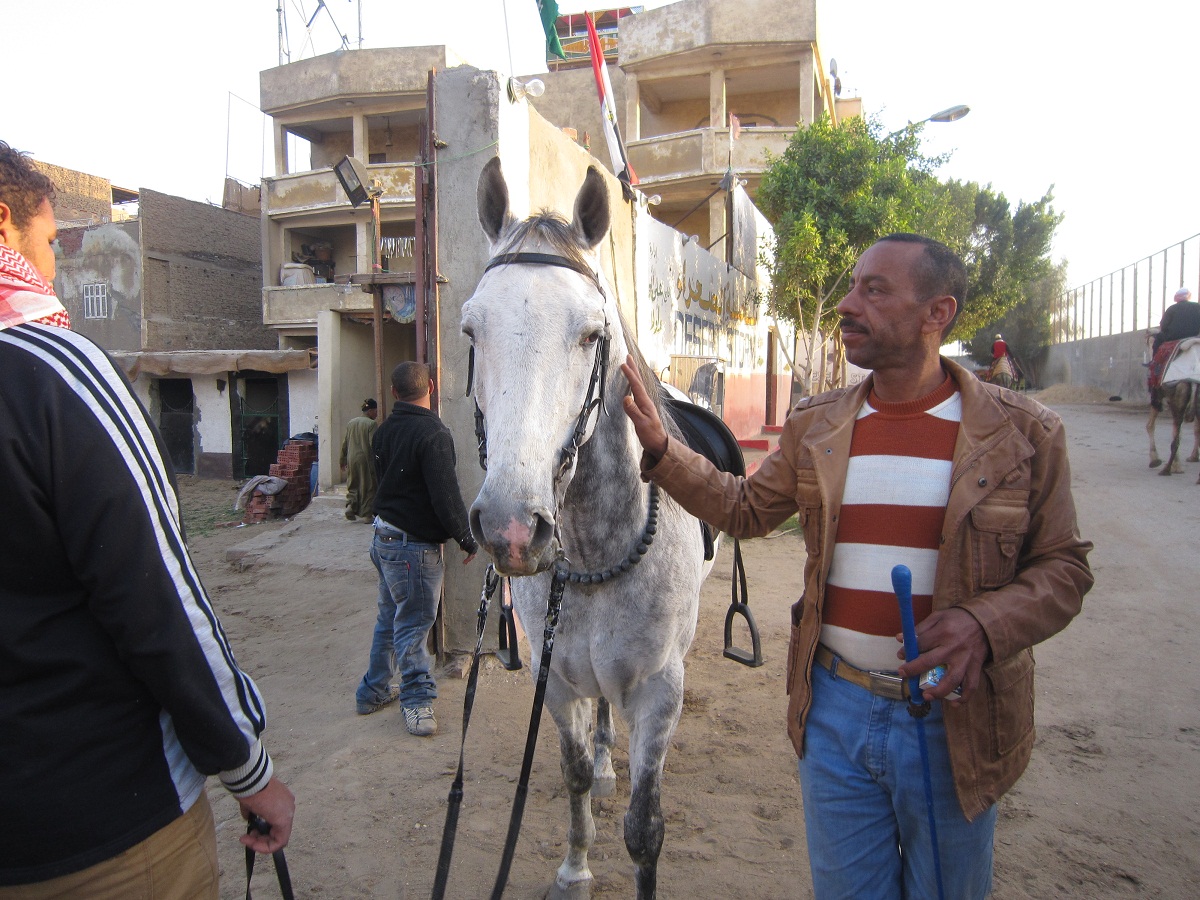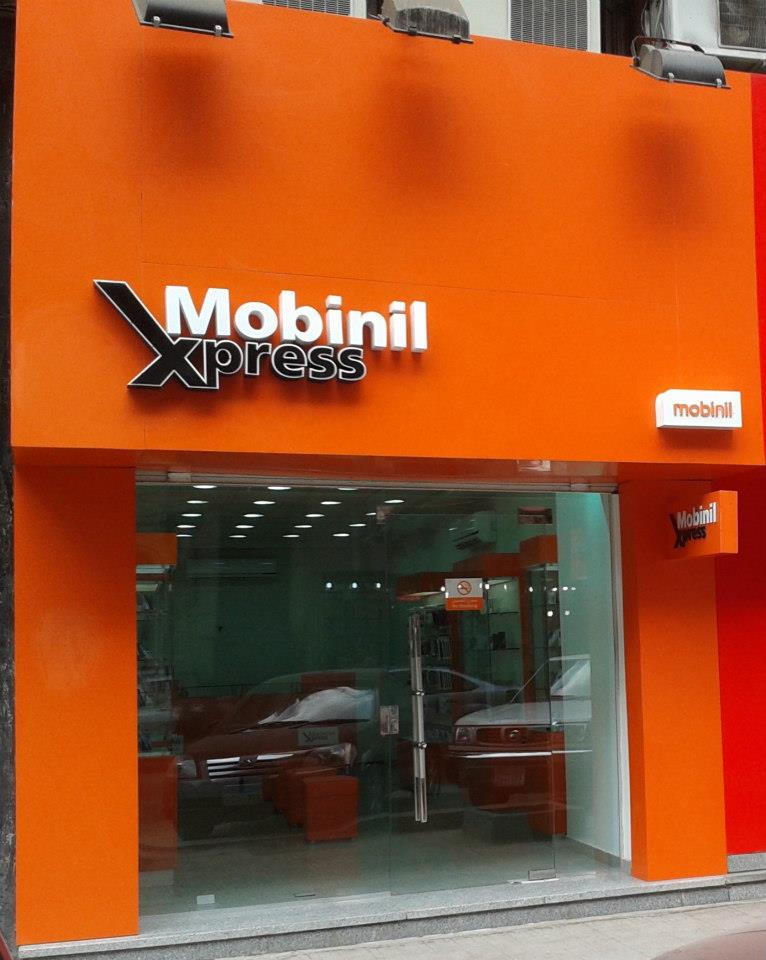
Adham Roshdy
Nazlet El-Semman, a village in Giza at the foot of the Pyramids, depends on foreigners and Egyptians coming to enjoy the exotic pursuit of a ride through the desert. The welfare of the stable owners, their families and of course the horses, depends on tourism. But like the rest of Egypt, Nazlet El-Semman has been negatively affected by the past two years of political unrest.
Entering the village one passes souvenir shops and cafes along the wide street leading to the stables. A few horses trotted down the street pulling carts, while many others were parked waiting for interested customers. “Do you want a horse?” asked a teenage kid eagerly. A few metres down the street, another kid was negotiating a price with an Egyptian family. Only two tourist buses were parked down the street and the area was far from crowded.
On the way to the stable of Abo Aziza, one of the most well-known stable families, horses were feeding on clover in the shade. The street gets narrower at the Abo Aziza stable and sitting on a wooden bench at the entrance, was Ali Abo Aziza, a dignified man in his 70s. His son Saeed and another horse owner, Mahmoud Ahmed, joined us.
Ali entered father’s business when he was a child, and he has managed to keep it going, but he says “we have been really tired lately.”
Though Abo Aziza is a recognised name in Nazlet El-Semman, the tourism crisis has not spared reputations. Ali has had to borrow money to feed his horses and some stable owners have sought another escape.
“Peace be upon you,” said a man in his 60s passing by, wearing a brown jalabeya. “Haj,” called out Mahmoud, “take one of our carts instead of walking,” But the man replied with pride: “I sold my [horses], so I will walk on my legs.”
Mahmoud explained the man did not want his horses to die of starvation and Saeed chipped in; “They used to dump the dead horses in the passage.” There is only one available route to take tourists horse riding in the desert. The stables are pretty much at the foot of the Pyramids, and Ali said that trips used to take off from the stables directly to the desert. But the government built a huge wall to preserve the historic site and has forced the already struggling stable owners to deal with a host of new problems.
The path
Renting a small horse-drawn cart, Daily News Egypt followed the route tourists are obliged to take. With the wall on the right, the stables form a long line on the left of the route to the desert. The 50-year-old Mahmoud said that since all the rides all take the same route, it gets jammed with horses on big holidays and during the summer.
As the road turns right, it becomes narrower and unpaved. There are piles of garbage on both sides of the narrow passage, which Mahmoud said is waste from the stables. The municipal collection service usually collects the rubbish every day, but when they miss a day or two, the waste piles up. When the trash wasn’t collected for a while, the piled up waste on the sides formed a valley that the horses passed through. The horses would struggle to move and Mahmoud said a weaker horse could not go on.
Dead horses used to be dumped in this area, after the January revolution. “And even before the revolution,” Mahmoud said.
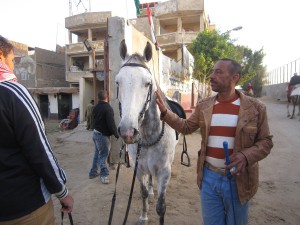
Adham Roshdy
“How could a tourist, whether a foreigner or an Egyptian, pass by some place that looks like this?” asked Mahmoud. He feels ashamed of the route that they are obliged to take, since it is completely unsuitable for tourism. Mahmoud shared a story about one Jordanian customer, who on entering the filthy valley of trash told him to take her back to the stable. “This is a touristic area, so it has to be a presentable area,” said Mahmoud, “people come here to relax and have fun, and walking through garbage is not what they expect.”
After passing the rubbish, a small village appeared a few metres ahead. Mahmoud said that there is often a serious sewage problem in the village, and the odour is unbearable. He slowed down the cart to point at a graveyard on the right, between the wall and the village, which leaves no space to pass. The village entrance is narrow and the route goes through the village in order to make it to the desert. “There isn’t another way around,” said Mahmoud.
The narrow passage, lined with the villagers’ houses, barely leaves any space for another horse to pass. Little children sat by their houses, watching the passing horses. Mahmoud said with irritation, “there are a lot of problems between the horse owners and the villagers.”
The villagers get annoyed with horses passing in front of their houses. What’s more, a passing horse could hurt a child or an adult in the village’s walkway, and often do.
Mahmoud pointed to the entrance of the graveyard. “If there is burial or a funeral taking place, this path is blocked,” he said. This makes it difficult for customers to pass through. In addition, the villagers get frustrated when tourists pass through a funeral or a burial ceremony.
Mahmoud, like most horse owners, wishes the government would move the wall a few metres back, and create a more appropriate path to the desert. “They could easily open for us a shorter passage, so we wouldn’t need to go through all of this,” Mahmoud said, “and save us, the villagers and the tourists all the trouble”.
According to Ali, during the revolution, people from the neighbourhood wanted to get a bulldozer and knock down the wall. “But I told them no,” he said, “they believed it was a good opportunity chance, but I insisted on saying no.” He convinced them to leave things as they are, and that their demands would be met later.
Into the desert
Leaving the village, the trip really begins. On the horizon are there were tents set up on high dunes. Tourists ride to them, have some tea, and enjoy the view of the Giza plateau.
To the left are two buildings under construction, which Ali had referred to as a frustration. The horse owners say that the construction site spoils the scenery for tourists, but the area has a much more troubling scene. The rotting corpses and the baking skeletons of several horses furnish the sand.
“These horses did not die here,” said Mahmoud. They died in the stables and were moved to the desert.
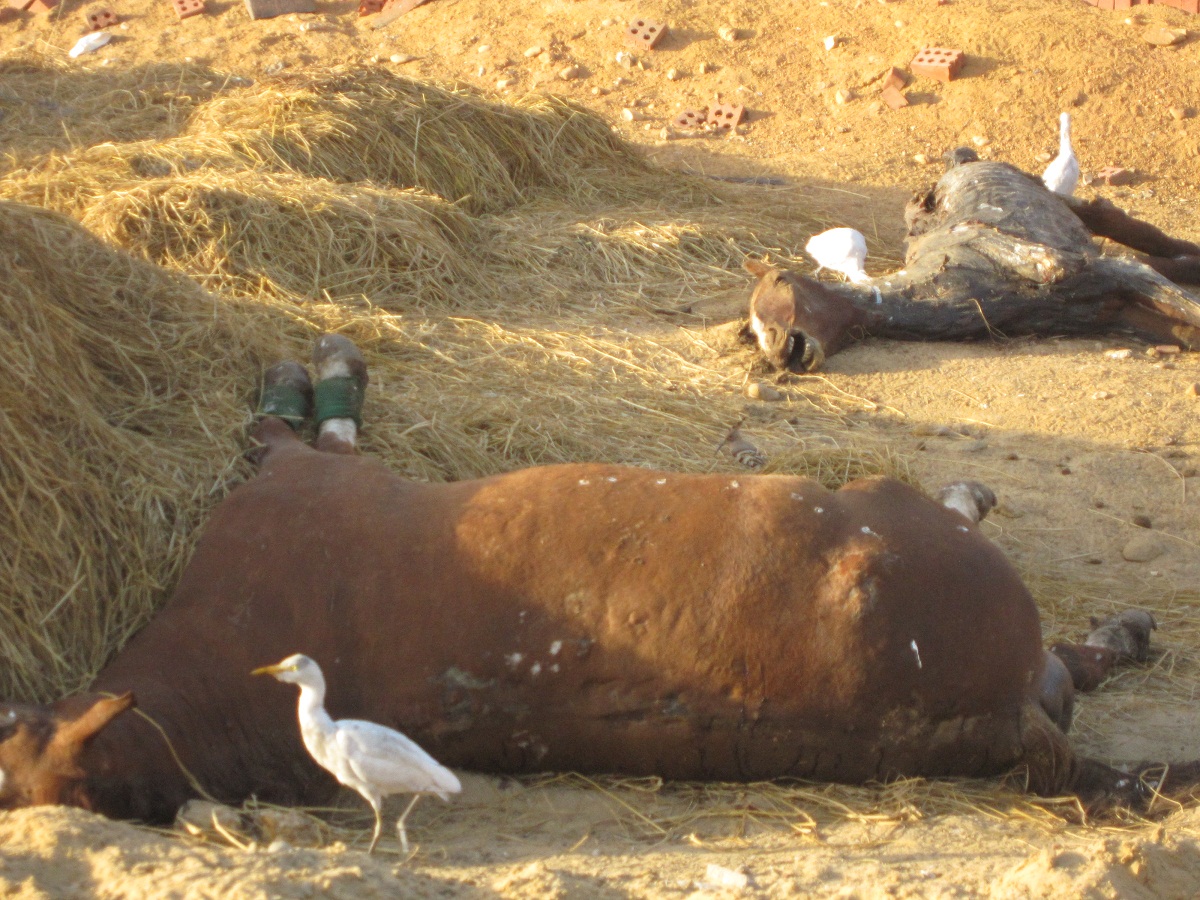
Adham Roshdy
Mona Khalil, Chairperson of the Egyptian Society for Mercy on Animals (ESMA), said the organisation noticed a massive rise in the death rates of horses specifically after January 2011. “We thought that there was some sort of an epidemic,” she said.
But investigating further, the organisation was shocked to find that the horses were dying of starvation. The owners wondered how they would feed their horses, when they could hardly provide food for their families. They took the ESMA to what Khalil described as an open horse cemetery. “We found a huge number of dead horses and camels there,” she said.
In December 2011, Al-Ahram reported around 200 horses had died of starvation, as a result of the drop in tourism. As for the live horses, their health condition was horrible. ESMA called for support and contacted international organisations.
Support
Riding uphill across the desert, Mahmoud spoke of how the stable workers strive to make ends meet.
“There were campaigns that came here and distributed feed, up until a few months ago.” He added that volunteers examined the horses and gave free out medication as well.
ESMA provided help for the people from February 2011 to August 2012. “We tried to extend the [campaign] period as long as we possible, but our resources as an organisation were spent,” said Khalil.
In addition to providing feed, the programme also provided medical care. “Treating a horse or a camel is expensive,” she said. A dog can often be treated by taking 1cc of antibiotics, while a horse needs 10cc each dose. The cost of covering feeds and medical treatment crippled ESMA, which could not find sufficient support.
The organisation independently managed the programme in 2011. But in January 2012, ESMA partnered with The Brooke, an international animal welfare organisation. The programme partnership ended last August. “An agreement was reached with Brooke’s head office, to conduct an evaluation for the situation in Nazlet El-Semman,” said Khalil. Re-launching the programme is based upon a specialist committee that will study the evaluation.
Mahmoud said that the initiatives provided each horse with seven kilograms of feed per week, but this amount was barely enough. “I know that they try their best to help us,” said Mahmoud, as the horse pulled the cart uphill, “but a horse that is not fed well, will not be able to do this work.”
Careless
Riding uphill towards one of the tourist tents, another dead horse was lying on the ground. “Sometimes owners do not remove their horses if they drop dead on a trip,” said Mahmoud. Judging from the condition of the dead animal, Mahmoud believed that this horse had been sick but still was taken on a trip.
It turns out that some owners hire out sick horses to tourists, because they just can’t afford to treat them. It takes around four days to treat a horse with influenza and according to Mahmoud, most veterinarians charge EGP 30. “Treating such a horse [for four days] costs EGP 120,” he said.
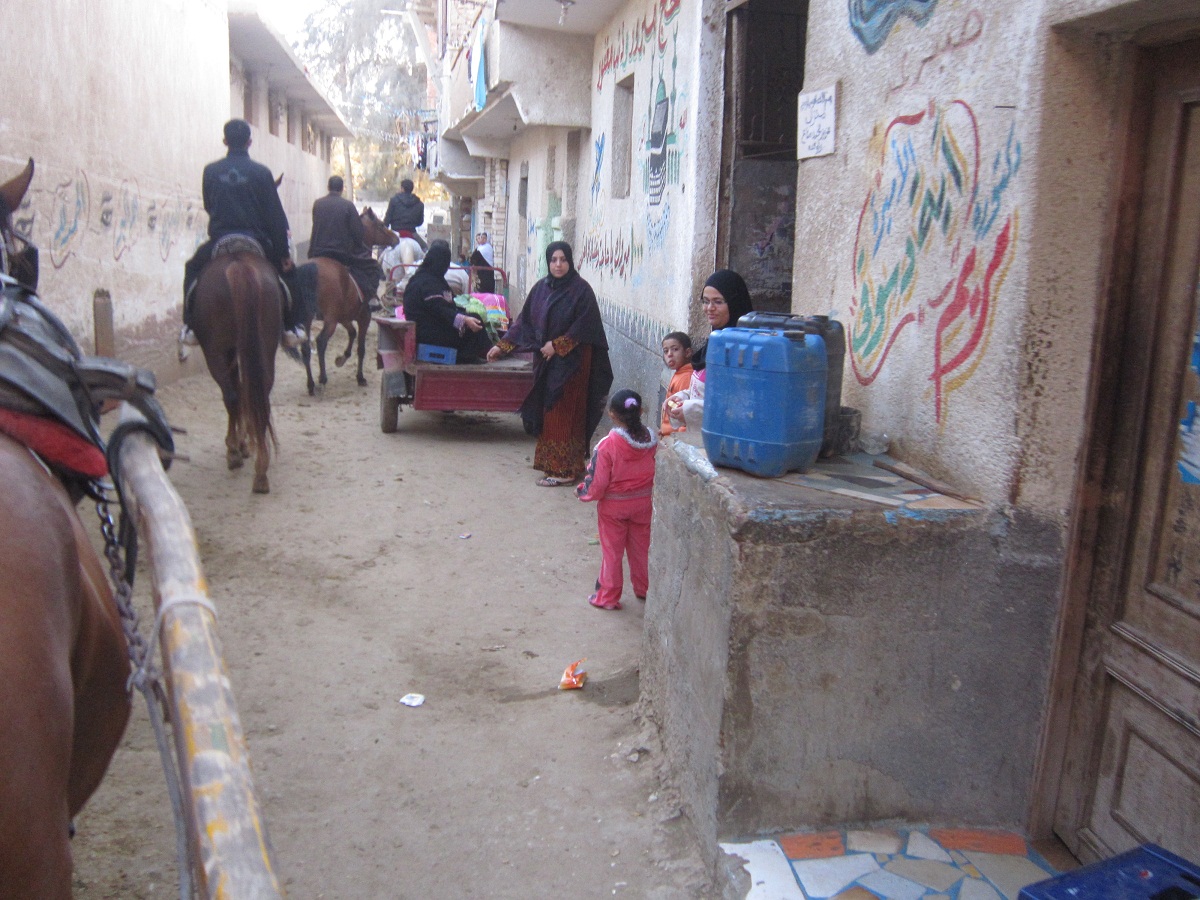
Adham Roshdy
Mahmoud asked with a distressed laugh, “how will an owner afford this?”
The owner is forced to hire out the horse in an attempt to cover the expenses. “The horse is sick, gets tired from a little running or a simple trip,” Mahmoud said, “the horse drops dead”.
Horses feeding on each other
“By the way, there are several horses that died during the past few days due to starvation” said Mahmoud. Owners are forced into the short term solution of selling their horses to more fortunate stables. As beneficial as it is for the well-being of the horse, the owner manages to cover family expenses with this money, but the long term livelihood is threatened. Selling horses in order to be able to feed the rest of the stable is rather morbidly referred to as “horses feeding on each other.”
Mahmoud had sold two of his horses, to keep the wheels moving.
According to Mahmoud, promoting domestic tourism could help the people overcome financial problems. He said that locals used to contribute a lot to the area’s welfare, but now even regular customers have not been showing up for two years. “Domestic tourism would cover our business and family expenses” said Mahmoud.
On the way back, Mahmoud said that he understands the government building a wall to preserve the site of the Pyramids. “But they could build another wall in a way that makes it possible for us to pass straight to the desert.” He added that the tourist experience has to be clean and presentable. He gave an example for people visiting a garden for refreshment. If they found it dirty and, they would never visit the same garden again.
ESMA is still trying to get support for the horse owners in Nazlet El-Semman. For Khalil monitoring and support is essential, as the welfare of the horses goes hand in hand with the development of tourism and the livelihoods of the owners. Horse owners are stressed by of the low numbers of tourists visiting the area, but a little support for the stables of Nazlet El Semmam will result in improved trade.
